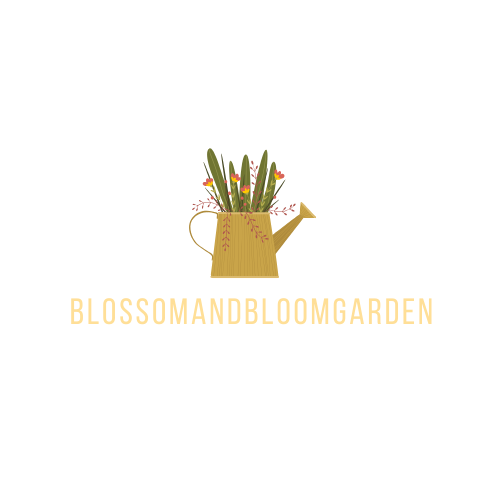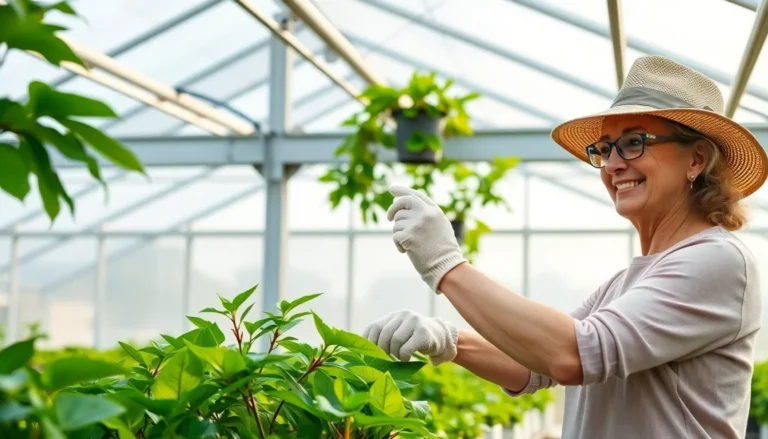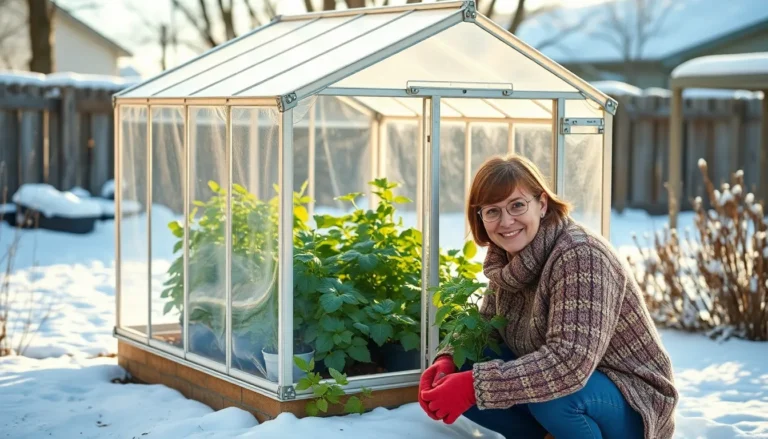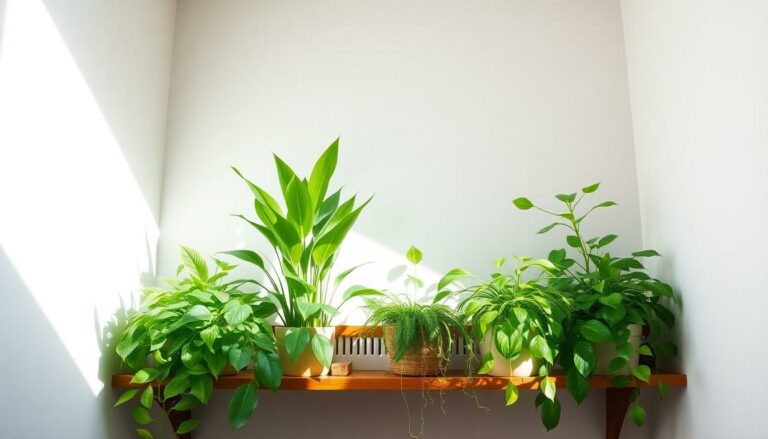The Best Fluffy Pancakes recipe you will fall in love with. Full of tips and tricks to help you make the best pancakes.
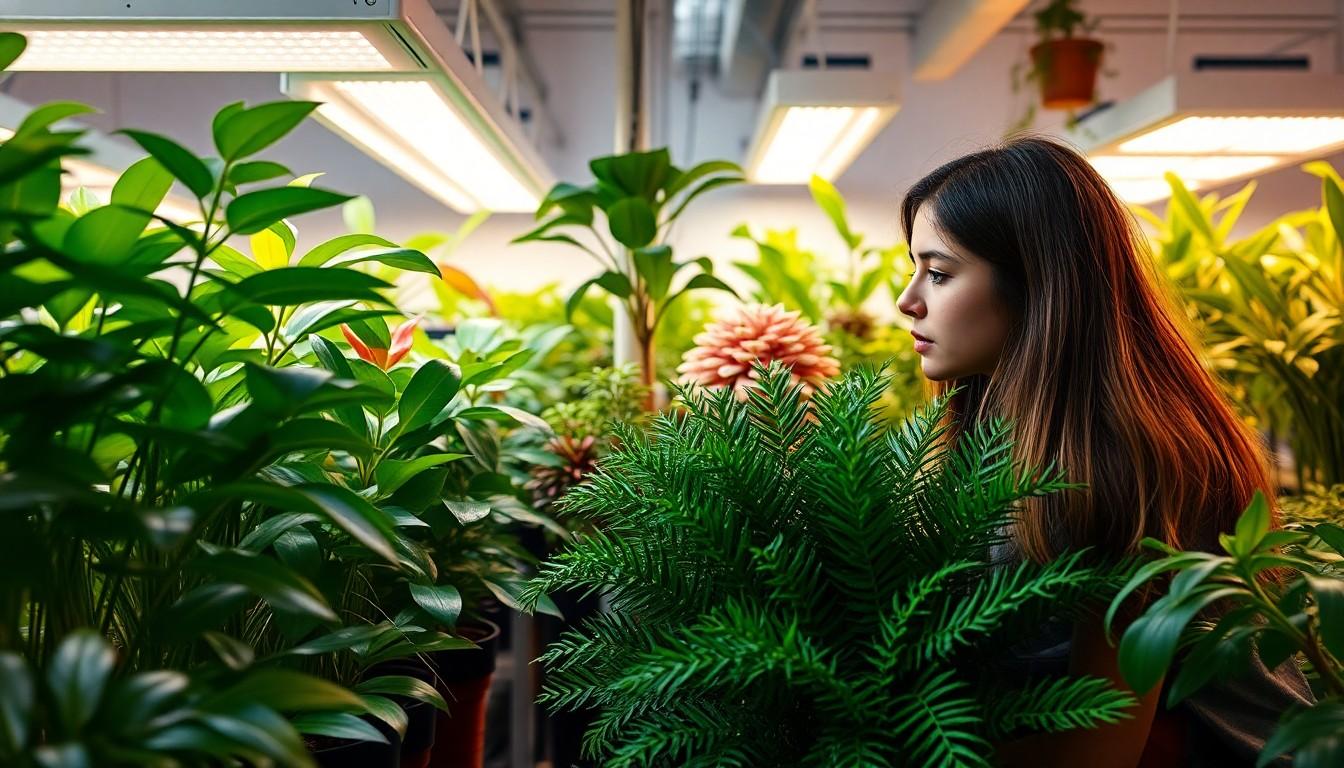
How to Use Grow Lights for Indoor Plants: Unlock Thriving Greenery at Home
Indoor gardening can feel like a secret club, and grow lights are the VIP pass. With the right lighting, anyone can transform their home into a lush paradise, even if the sun’s playing hard to get. Imagine your plants thriving like they’re on a tropical vacation—no sunscreen required!
Understanding Grow Lights
Grow lights simulate sunlight, providing plants with the necessary light spectrum for photosynthesis. These artificial light sources enhance indoor gardening, promoting healthy growth.
Types of Grow Lights
LED lights rank as the most energy-efficient option available. Fluorescent lights excel in cost-effectiveness and often work well for small spaces. High-intensity discharge (HID) lights yield powerful light output, suiting larger gardens. Lastly, incandescent bulbs generate heat, making them less efficient but still useful for limited applications.
Benefits of Using Grow Lights
Enhancing growth speed represents one significant advantage of grow lights. Plants receive optimal light conditions, leading to faster development and increased yield. Extend the growing season by relying on grow lights during winter months. The ability to customize light intensity ensures that specific plant needs are met. Additionally, healthier plants thrive under supplemented lighting, reducing the likelihood of pests and diseases.
How to Choose the Right Grow Light
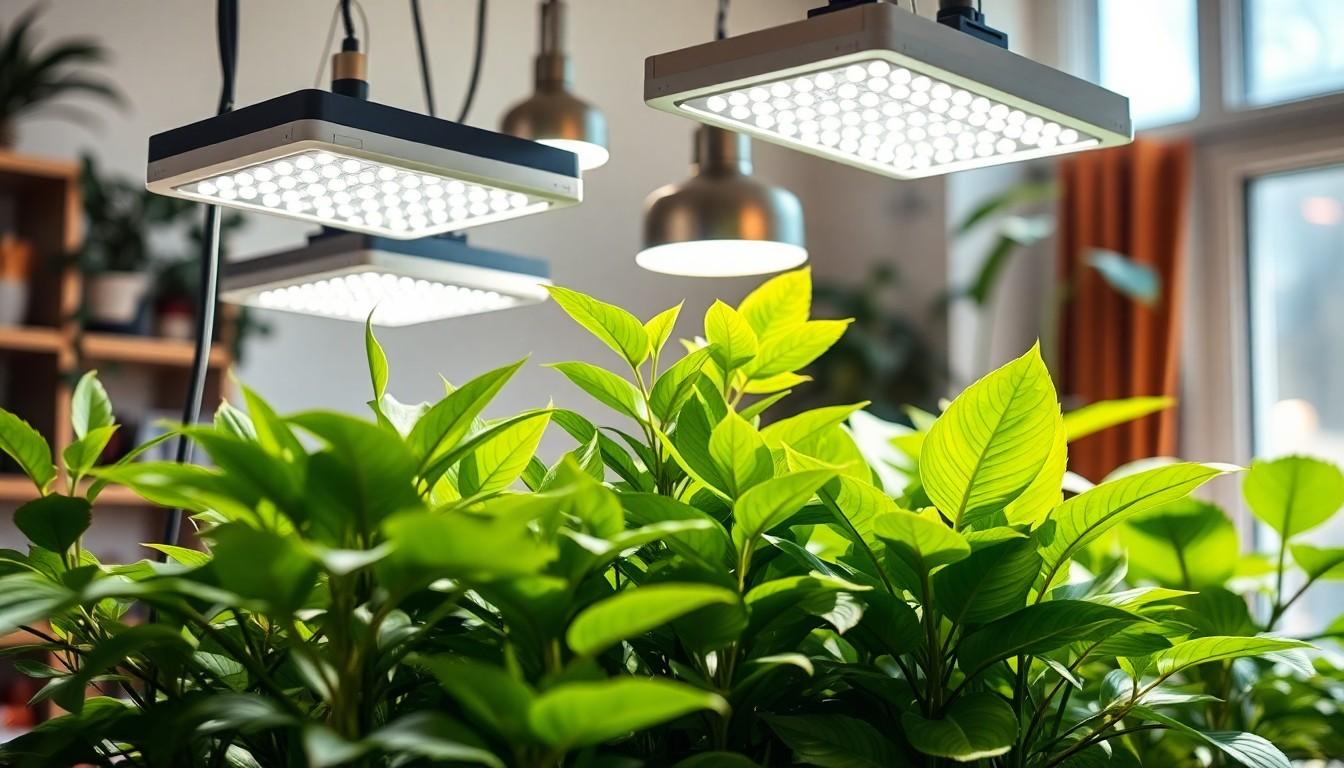
Selecting the right grow light is crucial for indoor plant success. Various factors influence the decision-making process.
Factors to Consider
Light spectrum plays a significant role in plant growth. Different types of plants require varying light spectrums for optimal growth. Color temperature is another aspect, with warmer light often promoting flowering while cooler light supports vegetative growth. Additionally, consider the wattage, as higher wattage usually means more light. Space constraints also matter; small spaces benefit from compact lights. Energy efficiency is key for long-term use; LED lights consume less energy than other options. Lastly, plant growth cycles dictate light duration; knowing how long each plant needs light can enhance growth.
Common Mistakes to Avoid
Selecting the wrong light type can hinder plant growth. Overestimating light strength may cause plants to burn, while underestimating it can result in poor growth. Not adjusting light placement is another mistake; keeping lights too far or too close can lead to issues. Ignoring the light cycle can disrupt growth patterns; plants benefit from consistent light periods. Failing to monitor light output also impacts growth; sources may degrade over time, reducing effectiveness. Lastly, neglecting to rotate plants can lead to uneven growth; ensuring all sides receive light promotes healthy development.
Setting Up Your Grow Lights
Proper setup of grow lights maximizes their benefits for indoor plants. Careful consideration of placement and timing enhances growth outcomes.
Recommended Placement
Position grow lights 6 to 24 inches above plants, depending on the light intensity. High-intensity discharge lights need more distance compared to LED lights. Directly above plants ensures even light distribution. Consider light needs for each plant type when placing lights. For example, seedlings often require closer light placement, while mature plants may thrive with more distance. Ensure that the light covers the entire growing area, eliminating shadows that hinder growth. Adjustments may be necessary as plants grow taller, so monitoring growth patterns helps in determining optimal height.
Timing and Duration of Light Exposure
Light exposure duration greatly influences plant health. Most indoor plants thrive with 12 to 16 hours of light per day. Gradually adjusting light exposure helps prevent stress. Timers provide consistent on and off cycles, streamlining maintenance. For varied growth stages, alter the duration based on specific plant needs. Seedlings often benefit from longer light periods, while mature plants may require less. Consistency remains key, as fluctuating light schedules can disrupt growth cycles. Observing plant responses informs adjustments in light duration for optimal health.
Caring for Indoor Plants with Grow Lights
Caring for indoor plants with grow lights requires close attention to how plants respond to their environment.
Monitoring Plant Response
Monitoring plant response involves observing growth patterns. Symptoms such as yellowing leaves may indicate overexposure to light. Contrarily, leggy growth often signals insufficient light levels. Other indicators include flower and leaf development, which can reflect proper light conditions. Regular assessments ensure adjustments are made promptly to sustain plant health. Check leaves for signs of stress, as this can guide further actions. Maintaining a journal of observations aids in tracking changes over time, making it easier to determine effective lighting strategies.
Adjusting Light Settings
Adjusting light settings is crucial for optimal growth. Start by modifying the distance of the grow light from the plants. Reducing the distance increases light intensity, while increasing it can help in preventing burn. Regularly adjust duration according to seasonal changes, as sunlight exposure varies throughout the year. Timers assist in providing consistent light cycles, essential for mimicking natural conditions. Finding the right balance of light intensity and duration boosts photosynthesis and enhances overall plant health. Be prepared to fine-tune settings based on specific plant needs, as different species require various light conditions.
Conclusion
Using grow lights effectively transforms indoor gardening into a rewarding experience. By selecting the right type of grow light and positioning it correctly, anyone can create an ideal environment for their plants to thrive. Regular monitoring and adjustments ensure that plants receive the optimal light intensity and duration they need.
With a little attention and care, indoor gardeners can enjoy lush greenery year-round. Embracing the power of grow lights not only enhances plant growth but also enriches the overall indoor atmosphere. Whether for hobbyists or serious gardeners, grow lights are a game changer in cultivating a vibrant indoor garden.
